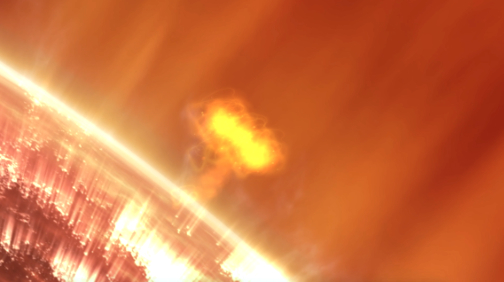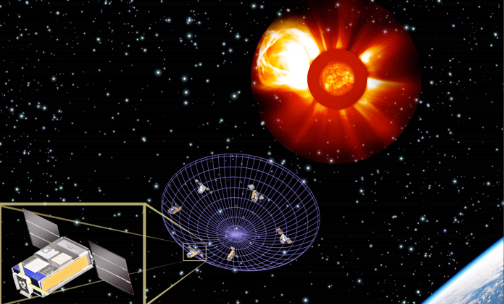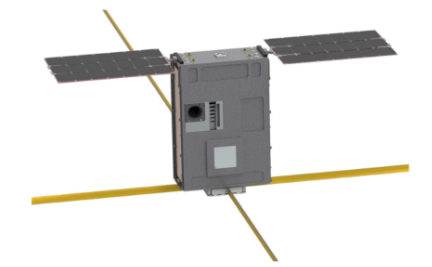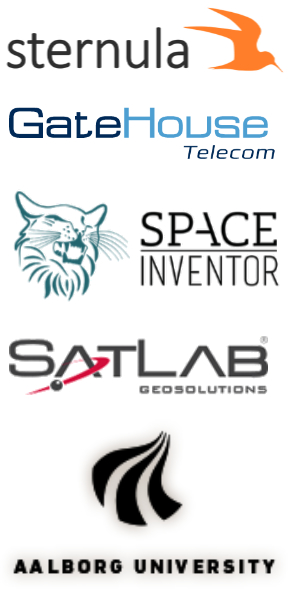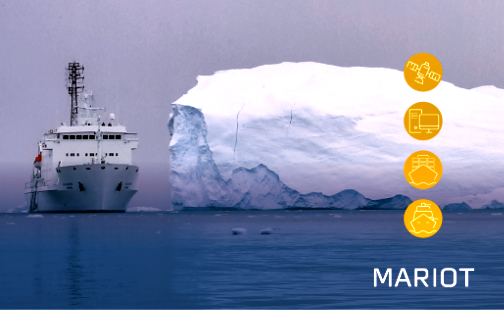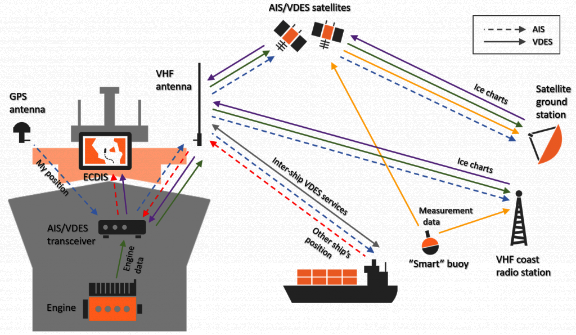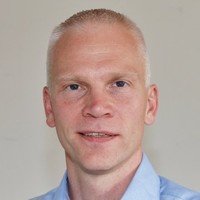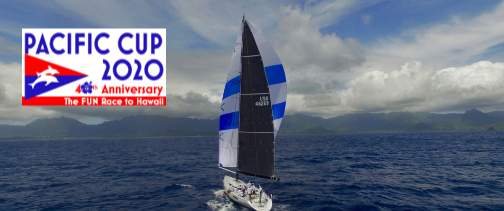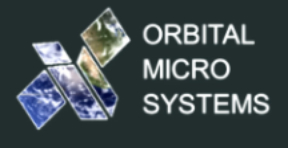

Orbital Micro Systems (OMS) has selected Glasgow-based AAC Clyde Space to provide a 6U smallsat bus for the UK Space Launch Program (UK-SLP).
The mission is planned for 2021, which will be the first launch from UK soil through the UK-SLP project that is managed by Lockheed Martin.
Under the terms of the contract, OMS and AAC Clyde Space will collaborate to integrate the instrumentation and bus for launch. The companies previously collaborated on the IOD-1 GEMS mission, which successfully deployed the first commercial microwave radiometer in space.
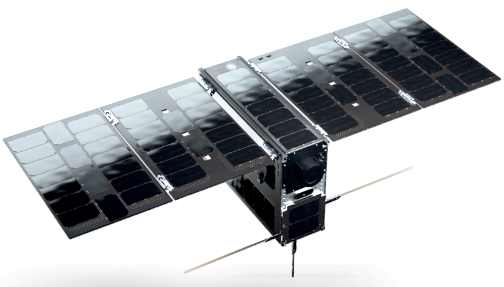
AAC Clyde Space’s EPIC 6U smallsat platform.
The new 6U smallsat will carry OMS’s next generation, miniaturized, microwave radiometer as a part of the company’s Global Environmental Monitoring System (GEMS) constellation of satellites. The radiometer will monitor 118GHz and 183GHz frequency bands to gather temperature and humidity measurements at multiple altitudes as it orbits the earth.
According to the firm, GEMS is a groundbreaking Earth Observation (EO) solution which uses passive microwave soundings to record temperature and humidity at multiple altitudes regardless of cloud cover. The measurements can provide identification of precipitation type and density at altitude as well. The data collected by GEMS satellites magnifies the volume of microwave soundings available from government satellites and improves the precision and clarity of weather forecasts across the globe.
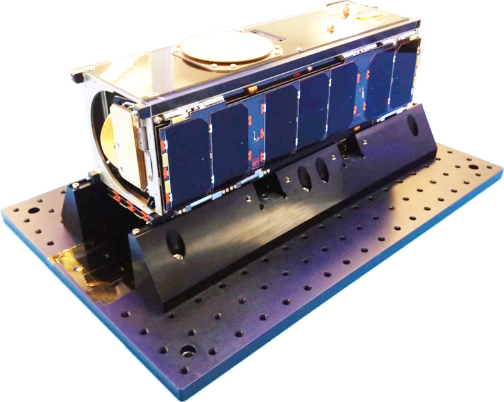
Orbital Micro Systems IOD-1 GEMS 3U demonstration satellite deployed 3 July 2019.
Access to the unique GEMS data is available through OMS’ International Center for Earth Data (ICED) located in Edinburgh, Scotland. Data from the IOD-1 GEMS satellite is currently provided to government and commercial entities, including the aviation and maritime sectors, as well as insurance and government organizations. When it achieves full deployment with some 50 satellites, the GEMS constellation will deliver near real-time data for any point on earth at approximately 15-minute intervals.

William Hosack
William Hosack, CEO for OMS, said the company is delighted to, once again, work with Clyde Space, and leverage their expertise and commitment to engineering outstanding bus products. Clyde Space shares in OMS’s vision in leveraging space technology for improving weather observation capabilities on Earth. The firm looks forward to working even closer with Clyde Space to deliver essential weather data to commercial and government organizations worldwide.
For more information about Orbital Micro Systems, please visit .


